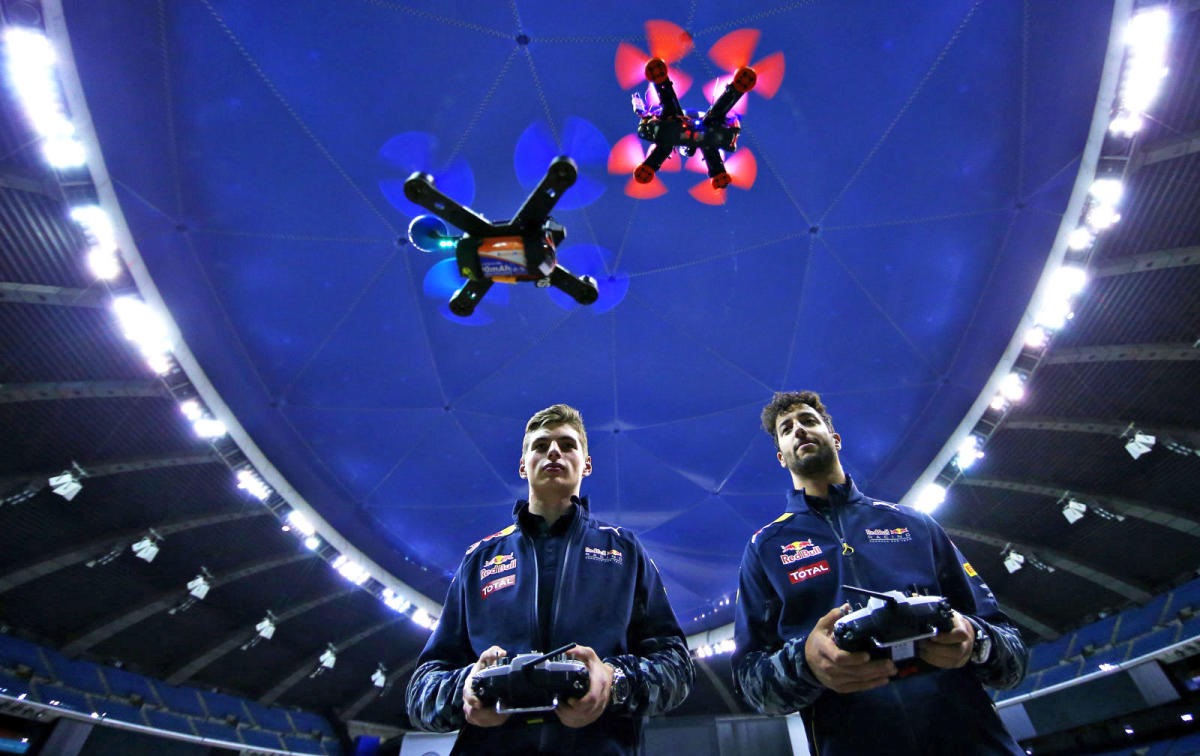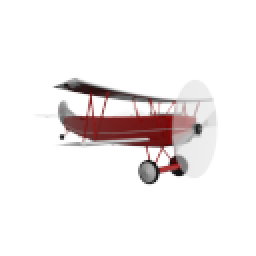
The rise of drone racing as a sport, exploring the technology behind it and the global competitive scene.
Drone Racing: The High-Octane Sport of the Future
In the realm of competitive sports, a new contender has taken flight, quite literally. Drone racing, once a niche hobby for tech enthusiasts, has rapidly evolved into a global phenomenon, captivating audiences with its blend of cutting-edge technology and high-speed thrills. This burgeoning sport has not only pushed the boundaries of drone capabilities but has also created a new breed of athletes who navigate these aerial speedsters through intricate courses with breathtaking precision.
The Genesis of a High-Flying Sport
The origins of drone racing can be traced back to informal gatherings of drone enthusiasts in the early 2010s. What began as friendly competitions in backyards and parks quickly gained traction, evolving into organized events that attracted growing crowds of spectators. The sport’s potential for mainstream appeal became evident in 2016 when the Drone Racing League (DRL) was established, bringing professional structure and substantial prize pools to the competitive scene.

Technology at the Heart of the Race
At the core of drone racing lies a symphony of advanced technologies that enable these miniature aircraft to achieve mind-boggling speeds and maneuverability. The drones used in professional racing, often referred to as First Person View (FPV) drones, are a far cry from their consumer counterparts.
These purpose-built machines are lightweight, typically weighing under 900 grams, and capable of reaching speeds exceeding 120 miles per hour. The frames are constructed from carbon fiber, offering an optimal balance of strength and weight. Powerful brushless motors, coupled with high-discharge lithium polymer batteries, provide the thrust necessary for rapid acceleration and agile maneuvering.
One of the most critical components in a racing drone is its flight controller – the brain of the operation. Advanced flight controllers, such as the popular Betaflight system, use sophisticated algorithms to process pilot inputs and sensor data, allowing for incredibly responsive control. This technology enables pilots to execute complex maneuvers with millisecond precision, a crucial factor in navigating the twisting courses of professional races.
The Immersive Pilot Experience
What truly sets drone racing apart from other motorsports is the immersive first-person perspective afforded to pilots. Racers don special goggles that receive a live video feed from a camera mounted on their drone, creating the sensation of sitting in a virtual cockpit. This FPV (First Person View) system utilizes low-latency analog or digital transmission to ensure that pilots can react to obstacles and other racers in real-time.
The Global Competitive Scene
The rapid growth of drone racing has led to the emergence of several professional leagues and high-profile events around the world. The aforementioned Drone Racing League (DRL) stands at the forefront, hosting annual championships that attract top pilots from across the globe. The 2019 DRL Allianz World Championship, for instance, saw pilots competing for a $100,000 prize pool, showcasing the sport’s growing economic viability.
Another significant player in the competitive scene is the MultiGP Drone Racing League, which focuses on grassroots racing and has chapters worldwide. Their 2022 Global Championship in Las Vegas brought together over 200 of the world’s best pilots, highlighting the sport’s international appeal.
The rise of drone racing has also caught the attention of traditional sports organizations. In 2017, NASCAR partnered with the International Drone Racing Association (IDRA) to host the “NASCAR DroneRacing Series” at several of its events, introducing the sport to a broader audience of motorsports enthusiasts.
Technological Innovations Driving the Sport Forward
As drone racing continues to evolve, technological innovations are pushing the boundaries of what’s possible on the track. The introduction of digital HD systems, such as DJI’s Digital FPV System, has dramatically improved video quality for both pilots and spectators, enhancing the overall racing experience.
Artificial Intelligence is also making its mark on the sport. In 2019, the Drone Racing League partnered with Lockheed Martin to launch the AlphaPilot Challenge, a competition that pitted AI-powered autonomous drones against human pilots. While the human pilots still maintain an edge, the rapid advancements in AI technology suggest a future where man and machine might compete on equal footing.
The Sky’s the Limit
Drone racing stands at the intersection of sport, technology, and entertainment, offering a glimpse into the future of competitive athletics. Its rapid ascent from hobbyist pastime to professional sport underscores the public’s fascination with cutting-edge technology and high-speed competition.
As the sport continues to mature, we can expect to see further technological advancements, more sophisticated racing drones, and an ever-growing global fanbase. The potential for drone racing to become a mainstream spectator sport is immense, with its blend of virtuosic piloting skills and futuristic technology appealing to a wide demographic.
Moreover, the skills developed in drone racing have applications far beyond the sport itself. The precise control and spatial awareness required for competitive racing are directly applicable to fields such as cinematography, search and rescue operations, and even autonomous vehicle development.
In the end, drone racing represents more than just a new sport; it’s a testament to human ingenuity and our endless pursuit of pushing boundaries. As we look to the future, one thing is certain: the world of drone racing will continue to soar to new heights, captivating audiences and inspiring the next generation of technological innovators. The sky, it seems, is no longer the limit.








